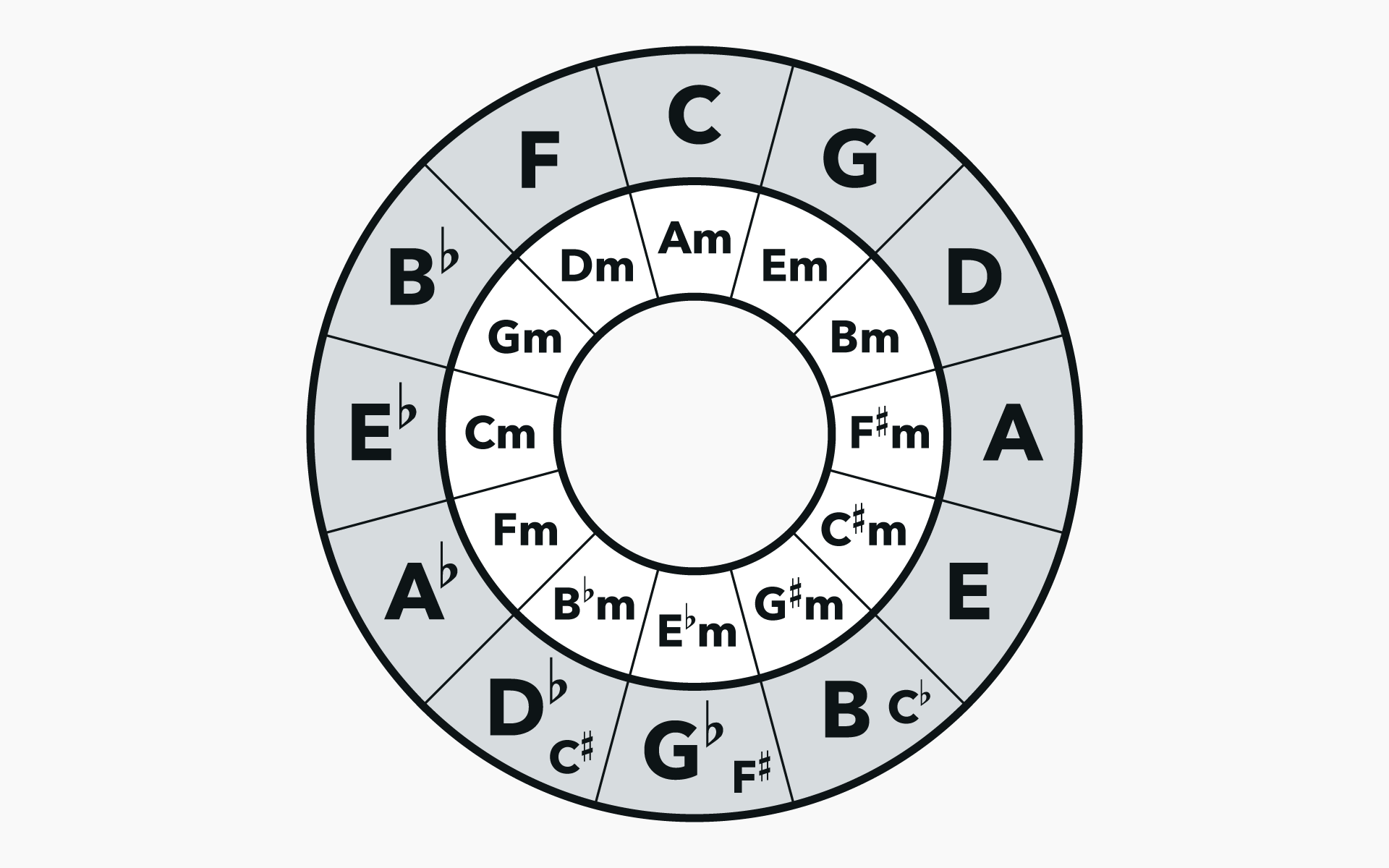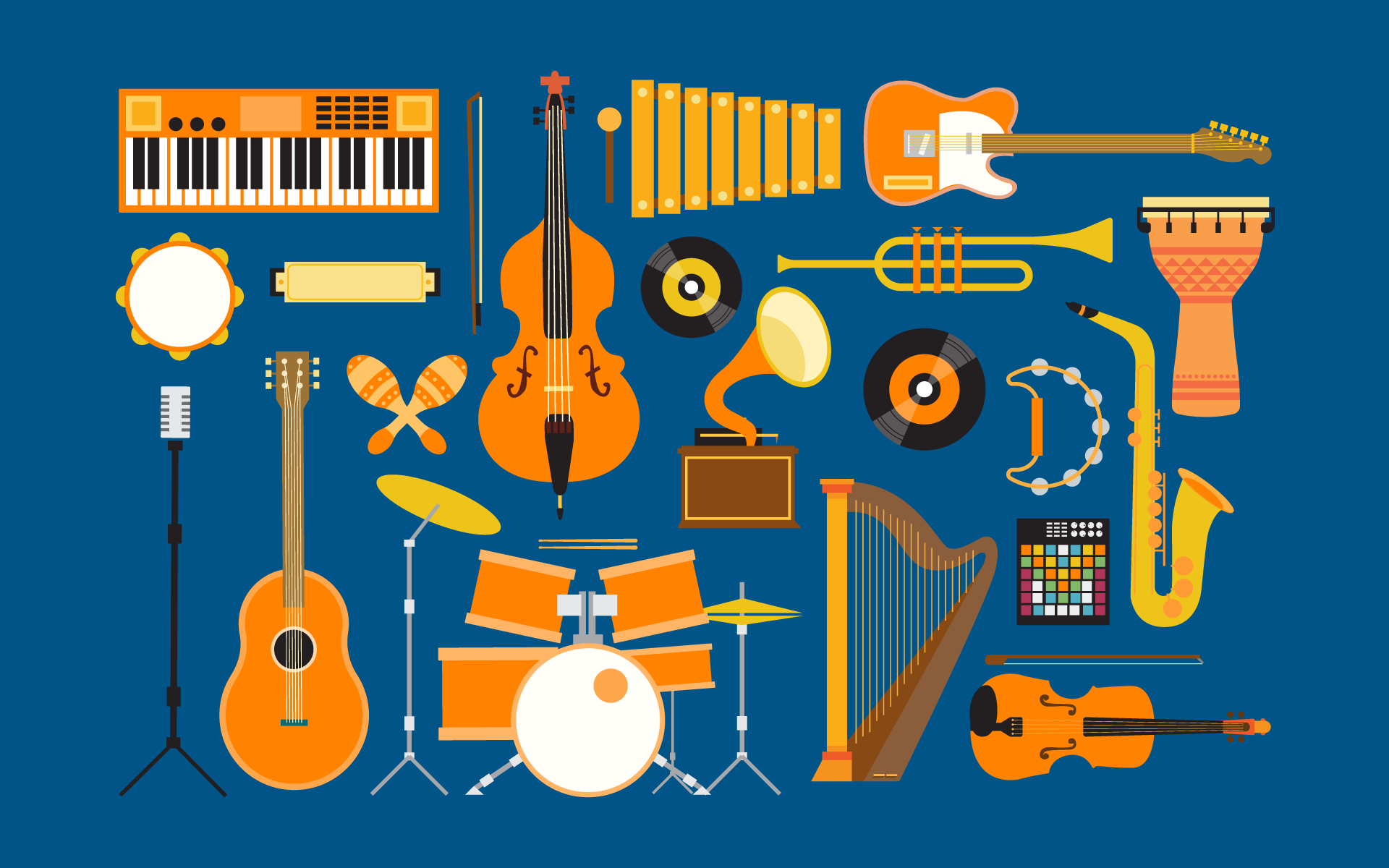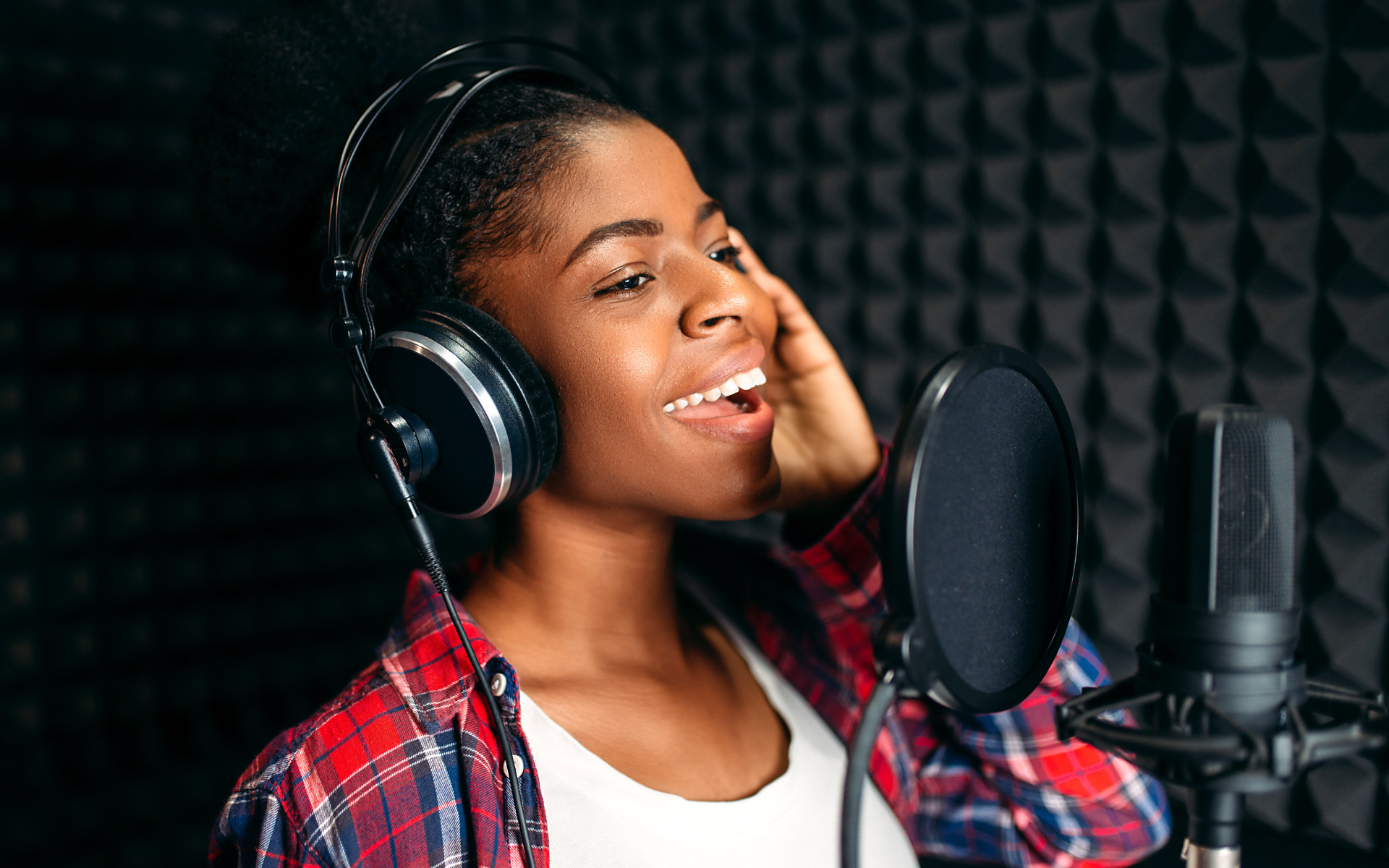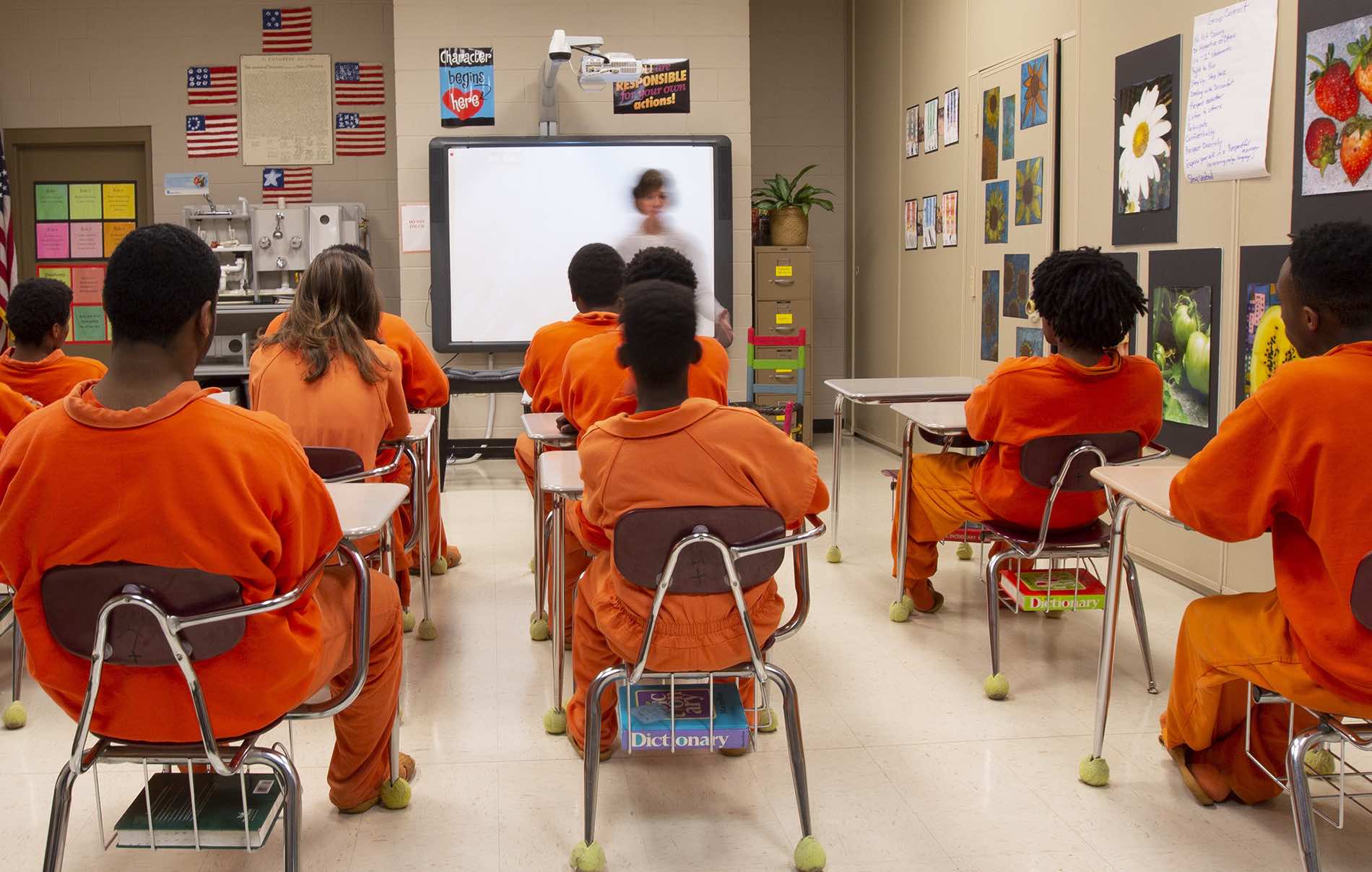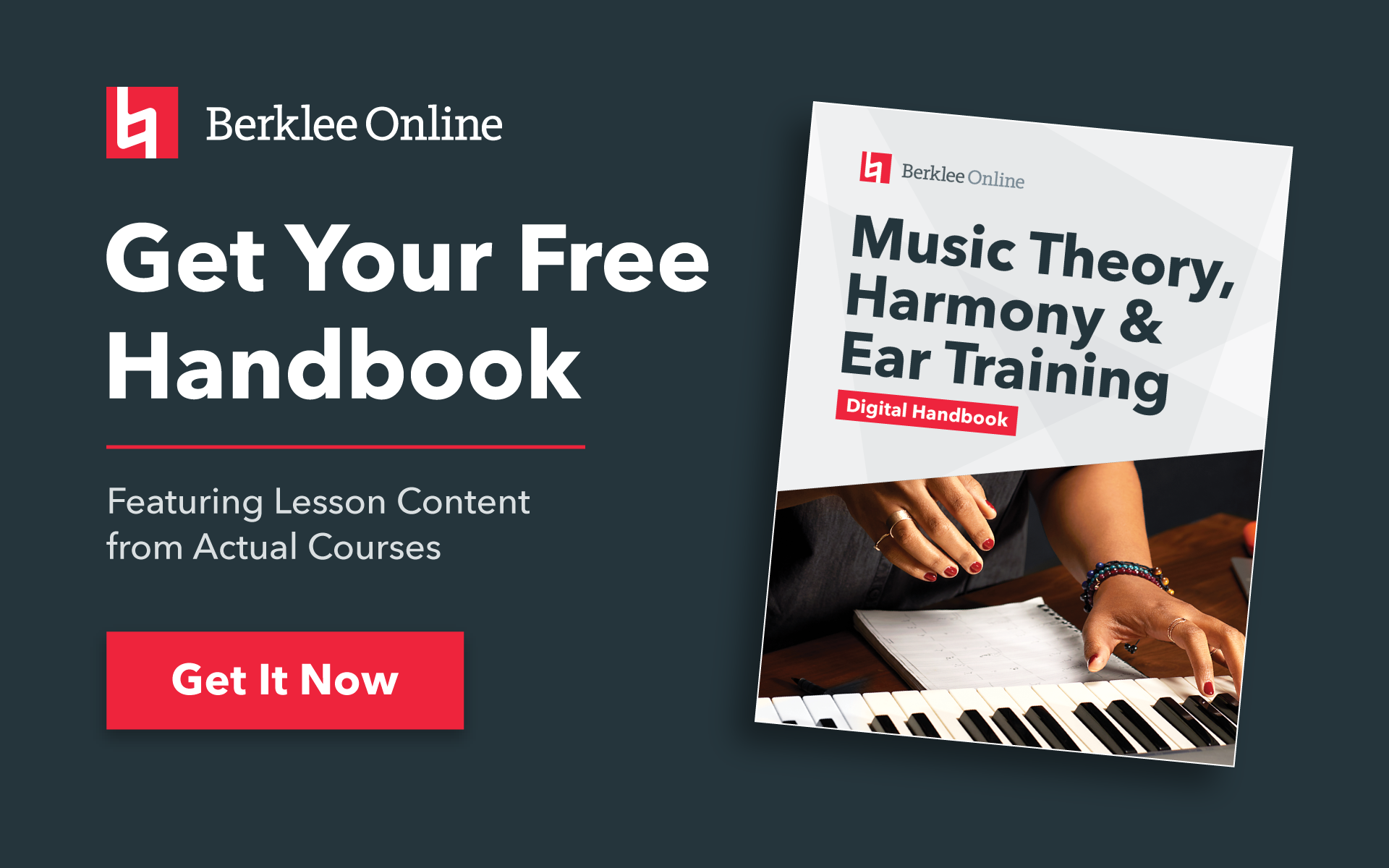Before you learn how to write an arrangement—and to figure out what kind of arranging course you might want to take—you must first understand what arranging is.
Arranging is the process of deciding what instruments you want to play on your tune, whether original or not, and deciding on a style. With that information alone, you can create an arrangement of a tune without anything other than a lead sheet.
What is a Lead Sheet?
A lead sheet is music notation with the melody, lyrics, and chords for a song. It is usually a single staff written in the treble clef. The term “sheet music” refers to all printed music and can be piano music or other multi-staff compositions. So technically, a lead sheet is sheet music, but not all sheet music is lead sheets. Are you still with us? Here’s what a lead sheet looks like, and here’s what sheet music looks like.
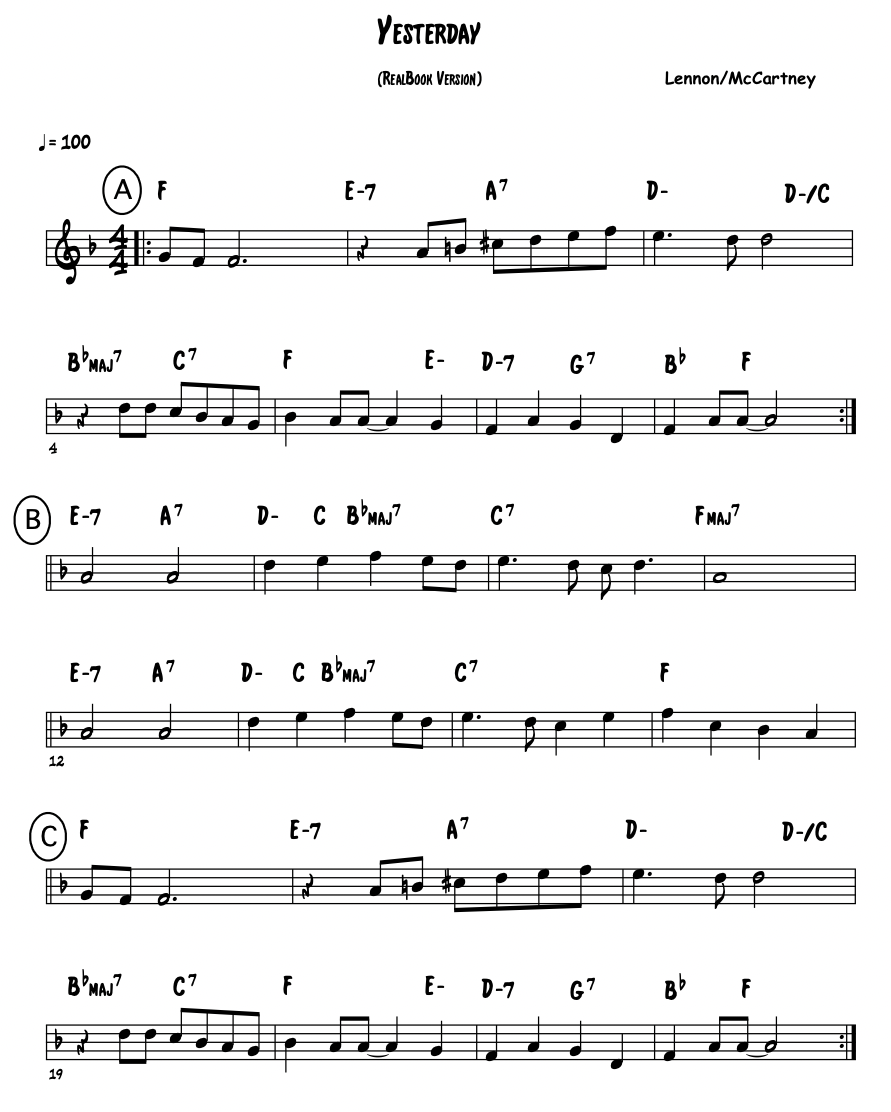
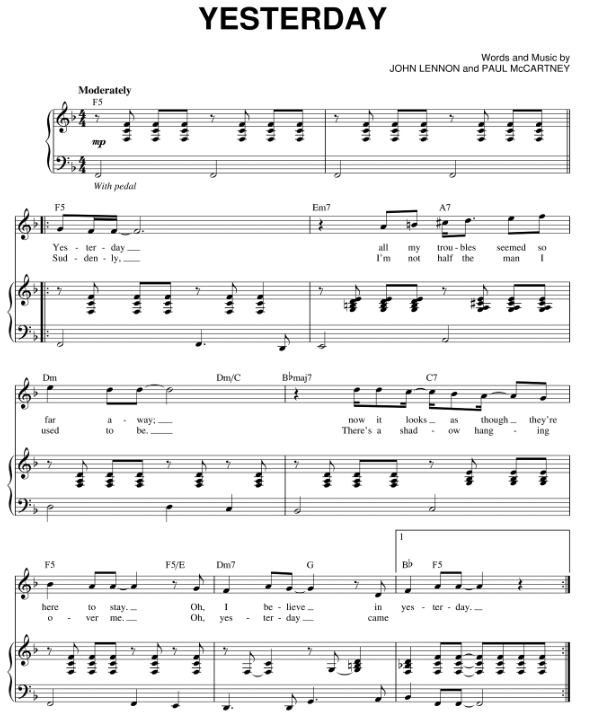
The first example is the lead sheet for the Beatles song “Yesterday.” The second example is the more detailed version in the sheet music.
Most musicians can create their own interpretations of music just by reading a lead sheet. However, if you have very specific ideas about what you want each instrument to play, such as the piano (left and right hands), bass, drums, horns, and so forth, then a multi-staff arrangement must be written. And the different instruments you choose is what makes the arrangement.
So now that you know what arranging is, and what a lead sheet is, let’s take a look at some of the arranging courses that Berklee Online offers, and explain how they pertain to this discipline.
Arranging 1: Rhythm Section
The rhythm section is the backbone of any arrangement. And most songs do feature rhythm sections, which is why this course is a good place to start. In Arranging 1: Rhythm Section, you will explore the scores and parts of a variety of artists, and you will learn several arranging techniques to apply to your own scores. Do you ever wonder why you liked a particular tune so much? It’s most likely a great arrangement! Throughout this course, you’ll dive into all aspects of arranging for a rhythm section and a melodic voice. You will pick the techniques that work best for you to create a final, polished score.
The course also focuses on how to notate rhythm section parts in a score. You will spend your first week listening to various songs in order to get acquainted with common terminology, such as the different parts of a song, and spend the subsequent weeks highlighting the necessary elements of effective arranging, such as adaptation of the melody and chords, rhythm section notation, intros and endings, articulations and dynamics, and how to create an emotional contour throughout the arrangement. By the final lesson, you will be able to use all of your newfound knowledge to complete your final project, and you will have a better understanding of what makes an effective arrangement.
Arranging: Small Ensemble and Horns
This course is designed primarily to help new writers/arrangers get to their next level of instrumental writing development. There is a great deal of information that can be transferred to any group of instruments that covers the same ranges as those that are being discussed—even solo piano or guitar.
That said, you will spend a lot of time in this course exploring the properties of the trumpet, trombone, and alto, tenor, and baritone saxophones, and approach the techniques and melodic embellishments that will give you a basic understanding of writing/arranging for these horns as a section. You will focus on applying writing processes for two-, three-, four-, and five-part horn combinations; skills that can be applied to both live instrumentation and sampled or synthesized sounds.
By the end of Arranging: Small Ensemble and Horns, you will arrange a song of your choice, with a rhythm section (bass, drums, piano, and guitar), trumpet, trombone, alto sax, tenor sax, and baritone sax. The best part? You may write this arrangement in any style that you wish.
Arranging: Advanced Horn Writing
This course is designed to help intermediate writers and arrangers get to their next level of instrumental writing development. You’ll learn more advanced arranging techniques for the rhythm section and horn section, including unison, two-, three-, four-, and five-part writing. You’ll also study techniques for voicing chords, orchestration, articulations, and background lines.
Another major component of this course is the advanced topics of harmony, such as tension substitutions and lower interval limits, knowledge that you can use to create more expressive and captivating music for both live instrumentation or sequenced/sampled sounds.
Arranging and Producing Contemporary Music Styles
Arranging and Producing Contemporary Music Styles is a more in-depth study of stylistic approaches to creating and writing grooves for the rhythm section (drums, bass, guitar, keyboards, and percussion) and the ways in which different grooves work together.
You’ll learn original techniques and practical approaches to creating grooves, as well as methods to refine and create variations in grooves using a hybrid approach combining styles. The grooves we will cover include funk, hip-hop, rock, Brazilian grooves (samba, bossa, partido alto, baião), and Latin grooves such as cha-cha-cha and mambo. You’ll get a chance to look at the origins of all of these styles as related to contemporary music.
Projects in Arranging and Producing Contemporary Music Styles will encompass transcribing, sequencing, and scoring with production goals in mind. By the end of the course, you will be able to write in a broader range of styles used in contemporary music, and demonstrate stylistic approaches to creating and writing a variety of grooves for the rhythm section.
Arranging for Songwriters: Instrumentation and Production in Songwriting
This course is different from the others on the list, since it approaches the material from a songwriter’s perspective. Working in the most songwriter-focused style means building tracks in both “directions” from basic tracks: the main rhythm part (the part used to write the song) and a vocal. So we start with the most essential elements of the song, and build the drums, bass, other mid-range parts, vocal backgrounds, and any sweeteners in response to that.
Every songwriter needs to understand arranging, which is why Arranging for Songwriters is a required course in the Songwriting undergraduate program.
In this course, you’ll learn new tools to bring your songs to listeners in their most effective and emotional forms, whether in a live setting, recorded song demos, or in produced masters. You’ll broaden your understanding of instrumentation, keeping in mind the idea of prosody, in which all parts of a song work together to create an emotionally resonant whole. You’ll learn to consider which instruments best express the emotion and mood of the song, how groove and dynamics can support that emotion, and how to define the instrumental parts to emphasize the vocal and support lyric narrative. You’ll find new ways to engage listeners’ attention, by always having a musical conversation within the arrangement. You’ll also look at the effects of market and genre on arrangement choices, including ways to bridge the gap between preserving your artistic identity and engaging your listeners.
Arranging is the reinterpretation, expansion, or the movement of a piece of music into a different context.
Jerry Gates, from Arranging: Small Ensemble and Horns
Arranging: Woodwinds and Strings
This course takes you on a deep dive into the world of woodwind and string instruments, exploring how these sounds shape both modern and traditional music. You’ll get to know the distinct voices of instruments like the flute, clarinet, violin, and cello, and learn how to bring them to life in everything from film scores to pop arrangements.
Throughout the course you’ll gain a true understanding of the sound and personality of woodwind and string instruments, and learn how to apply them in a variety of commercial music settings, such as television and film. Each lesson focuses on the fundamental properties of a particular instrument or group of instruments—its extreme range, practical or usable range, and inherent idiosyncrasies. You’ll then apply this information to actual songs, arrangements, and compositions, experimenting with techniques like unison doubling and mixing woodwinds and strings. Plus, the course will give you a glimpse into the practical side of arranging, from working with clients to making smart choices on a budget.
By the end of the course, you’ll have orchestrated, composed, and sequenced music that not only sounds great, but also hits the right emotional notes.
Contemporary Vocal Arranging
Vocal writing or vocal arranging is the kind of writing that every musician seems to want to know how to do. In contemporary settings, there is an ever-changing marketplace of new music. In recording studios, sound stages, and rehearsal halls, singers need simple, straightforward, effective arrangements that they can grasp and perform quickly. Course authors Bill Elliott and Sharon Broadley-Martin wrote Contemporary Vocal Arranging specifically for students who want to write vocal charts that are musically satisfying, cleanly written, and easy to understand. Getting into the nitty-gritty of crafting vocal charts that singers can nail with confidence, you’ll dive into everything from matching text to music and working with different vocal ranges to creating harmonies that add real depth to your arrangements.
The course covers a variety of styles—jazz, pop, R&B, and folk—so you’ll be equipped to handle whatever comes your way. Plus, with plenty of opportunities to rehearse and record your own arrangements in the 12 weeks of this course, you’ll get to see (and hear) your ideas come to life.
Another element that makes this course stand out is how it focuses on both the technical and creative aspects of vocal arranging: You’ll explore the nuances of breathing, phrasing, and working within a singer’s comfortable range, all while learning to craft music that’s not only polished but also emotionally resonant.
Jazz Arranging
What do we mean when we say Jazz Arranging? Whether breathing new life into a standard, or making a newly-written tune truly unique, the jazz arranger’s vision influences every aspect of the listener’s experience, and this course explores techniques that will allow you to write effective jazz arrangements for all types of instrumental combinations.
From the classic sounds of swing and bebop to modern funk and Latin styles, you’ll explore how to craft complete scores for various instrumental setups—whether it’s a small combo, a big band, or something in between.
You’ll study topics such as standard voicings (close/open positions, spreads, upper structure triads, clusters, quartal, four-part double lead, five-part substitute double lead, coupling, classic Basie, and combination), harmonization techniques (diatonic, V7, dim7, chromatic, planing/parallel motion, and repositioning), modal characteristics, and the stylistic considerations employed in all of the aforementioned styles.
As you progress through the lesson material, you’ll find yourself prepared to apply the techniques used by the finest arrangers in the history of jazz such as Horace Silver, Sammy Nestico, Thad Jones, Bob Mintzer, Bob Brookmeyer, and others. You’ll gain the knowledge to inspire you to create your own unique and informed arrangements.
In digging into the world of music arranging, it’s clear that this art form is all about blending creativity with technical skills. Whether you’re laying down the groove with a rhythm section, crafting dynamic horn parts, or perfecting a vocal arrangement, the courses we’ve highlighted here give you the tools to make it happen. Arranging isn’t just about writing notes—it’s about shaping the sound and feel of a piece, making it something that truly stands out. With the right approach, you can turn any song into a unique experience that leaves your personal stamp on the music.


